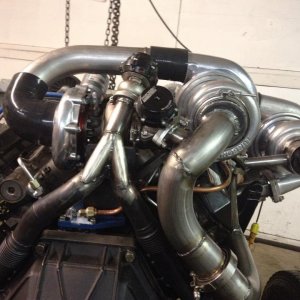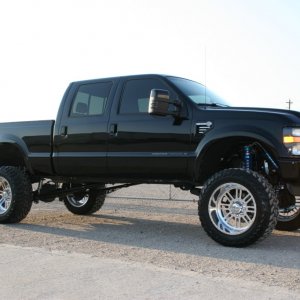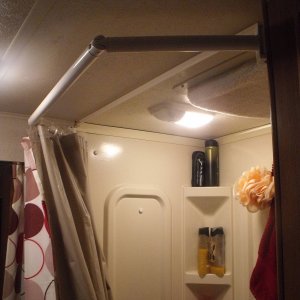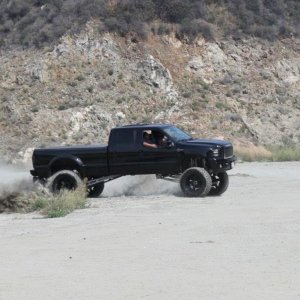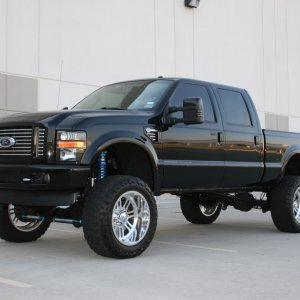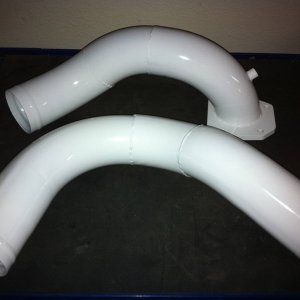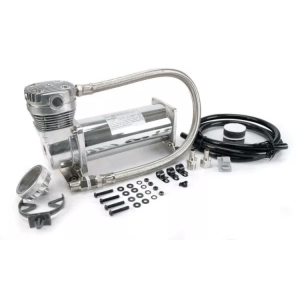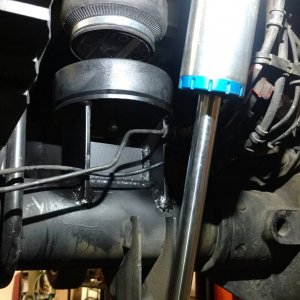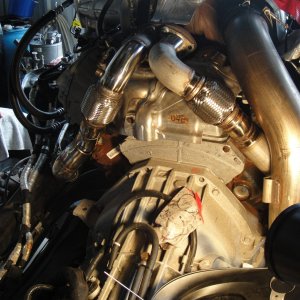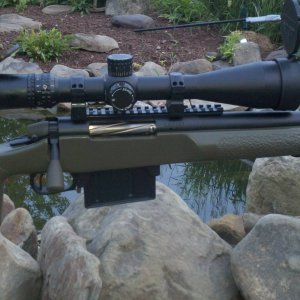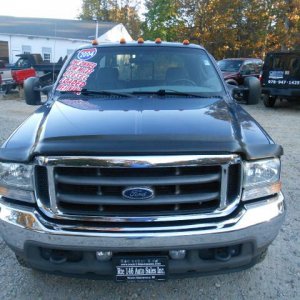When we measure ICP, we are simply measuring the average(over time) pressure in the sensor location. This sensor and monitoring circuit is very slow. It does not show how big the pressure waves are. In the case of the 2003, that location is in the pump outlet, and in the case of the 2004.5-2007, that location is in the passenger side head. We are not measuring the system pressure as a whole, and we certainly are not measuring the pressure in the inlet of the injector where the largest pressure drop occurs. In fact, we don’t usually think of it in this depth, but in any HEUI system, the pressure in the injector body must go from 0 psi to system ICP (500-4000) in less than a millisecond! Think about it this way. The injector piston has 0 psi on the piston, but in, for example 3 milliseconds PW, the oil must pressurize the space and move the piston in that time frame. We ASSUME the pressure inside the injector inlet is what we see on the ICP sensor, but we know that is not probably even possible to attain let alone to measure. Worse yet, in the case of the ’03 models, you are measuring the pressure in the outlet of the pump and making the assumption that you are maintaining ICP, but the fact it is you’re not even close to maintaining.
The most basic thing to understand about fluid dynamics is that pressure does not equalize until it stops moving. As long as oil is moving, there are many factors that play a role in the pressure loss including length of tubing, friction on the side walls of the tubing, pressure demanded at the end of the system, and maximum flow of the fluid pump.
There are only two ways of increasing pressure at the end of an existing system (a system with no changes made to it). One is to increase the size of the pump, and the other is to increase the pressure regulator setting. Since our pressure is already maxed out, our only option is to increase the size of the pump - which only further increases head pressure.
When we discovered the head pressure was already considerably higher than rail pressure even in stock trucks, we decided to fix the problem and created the HPODS. It was necessary before installing the new larger pumps as they only exaggerate the issue.
In the case of Bill’s charts, He was not measuring HP. He was simply measuring the differences in ICP from the pump outlet to the ICP port in the 2004.5 rail. The problem was that the sensors max out at 5000 psi and he flatlined the pump outlet sensor while “maintaining” ICP in the rail. The pump sensor was still climbing when it hit its limit. The 20-40 hp numbers being thrown around were simply someone’s guess. In fact, significant HP gains are not uncommon with an HPODS install.
To illustrate: We have a 2005 truck in here right now getting the new 05-07 Adrenaline prototype installed. It has stock injectors, PHP FICM, SCT performance tune, Dieselsite EGR delete, our 05-07 Wicked Wheel, and a stock HPOP. The truck was dynoed last week at 412hp in this configuration. We immediately installed the HPODS and at ~ 487hp, the transmission would slip. We are going to replace the solenoid first (easier and faster than pulling transmission), and if that doesn’t fix it, then a new custom built heavy duty Dieselsite 5R110 trans (official release date of January 1st 2014) will go in this weekend so that we can get a good solid run without slippage.
The “I can maintain ICP, so I don’t need it” mentality is unfortunate once you realize the facts. If maintaining was the only factor in play, why would the HPODS effect how the engine idled? The fact that the engine smooths out and becomes more responsive should tell you that it has far more to do with the VOLUME delivered than the actual pressure. This increase in volume delivered to the heads decreases the time it takes for the injector to fill, pressurize, and inject the quantity of fuel it holds. When anybody installs an HPODS correctly, the results are always the same. The power difference is incredible, the engine sounds more like a CR, and in almost all cases, the oil temps are slightly less. That would be attributed to less actual ICP at the pump to make the desired ICP in the heads where it matters.
The personal issue I have had with my design of the HPODS is the need to relocate the CCV. I apologize that I have been slow in working on several ideas and will obviously keep everyone informed when something comes to fruition. I also would like to adapt the system to work with the 2003 models in the future as well. For now, you can purchase it as it has always come and buy a few extra parts to install it.
It is this simple:
IF YOU OWN A 6.0L PSD THEN YOU NEED THE HPODS. It is far more important than a pump swap and in fact, is necessary before even considering one. Replacing the stock pump may not be necessary and if a larger pump is needed for larger injector sizes, the larger pump will last longer and perform better with the restrictions removed. No one with a 6.0L engine should be without it.
It is what it is pricewise. There’s not much I can do to change that. That’s how much it costs to make quality superior parts. Our HPODS distribution block has two flow control valves that match the stand-pipes in the heads. The lines are factory high pressure teflon static discharge stainless braided line. You don’t buy these at your local hydraulic shop. They are factory assemblies ordered from the manufacturers of the hose. Then, they are covered in Firesleeve. This prevents any oil leak (should it ever happen) from spraying on hot components. It also insulates the hot oil lines from melting any plastic they would touch. How you spend your money is your own choice. But you’ll never make the pressures you want or need without this item. Although I wish you could, those who think you can duplicate the parts I make and include, for a few hundred dollars in parts are sadly mistaken.

